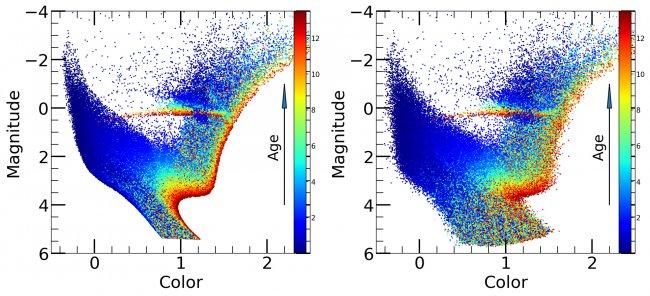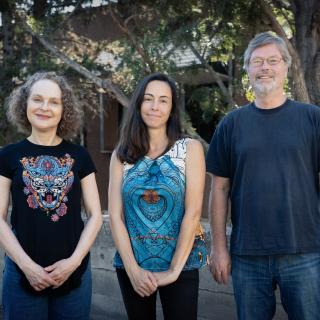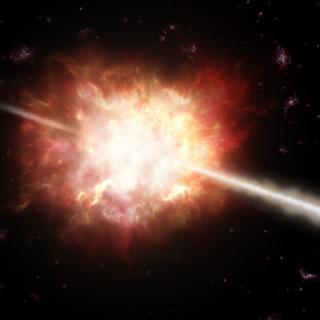An algorithm is an ordered and finite set of operations that allow finding the solution to a problem, whether mathematical, computer or even astrophysical. A well-known forum on these operations is the global distributed computing event "Global Azure Bootcamp", where IT professionals gather. The next will take place on April 22 in Madrid and with the aim of shedding light on star formation in galaxies by mass data processing. For the first time since its creation, a Spanish algorithm will be executed, "The secret life of Galaxies: Unveiling the true nature of their star formation", developed by the researcher of the Instituto de Astrofísica de Canarias (IAC) Sebastián Hidalgo. This application will help us to understand in more detail the formation of stellar populations in specific galaxies.
About 10,000 people have been inscribed to participate in this free initiative. The 400 inscriptions available to the Madrid site are now fully taken. The participants will connect to the “Microsoft Azure” platform from sites distributed worldwide devoting their time and knowledge to compute Sebastián’s algorithm.
This major project, which has been under development since 2013 in more than fifty countries, as well as offering many lectures about the use of the platform from people well versed in its use, is organized into two practical labs: Science Lab, devoted to the processing of the algorithm; and Racing Lab, a workshop of 3D racing video-games. In previous editions, research into diabetes and breast cancer were the focus problems for computation. This year features the stars.
Stellar formation
Galaxies are the largest single structures in the universe, which harbor almost all the known types of astronomical objects. Among these, the stars represent the building blocks since they process the gas, create new planetary systems, form black holes, and their light makes the galaxies visible to ourselves. Many galaxies form stars throughout their lifetimes, and understanding how they do so is essential to understand the processes driving galaxy formation and evolution, which effectively affect the whole universe.
One of the most efficient ways of testing galaxy formation processes is to study in detail the properties of the oldest stars and in particular, their ages, chemical compositions, and kinematics. An accurate determination of the Star Formation History (SFH) is a key aspect here and it depends on how precisely we can determine the exact moment when the stars reach the “turn-off” in the color-magnitude diagram. This is the point at which a star begin to change its magnitude and color, becoming brighter and redder, and this is caused by the exhaustion of the star's hydrogen fuel in its interior. At this point, the ages and metallicities of the stars can be calculated more precisely giving the SFH of the galaxy from its formation until the present day.
However, it is not easy to obtain this information from the light that reaches us from the galaxies, and the research groups find themselves with certain difficulties in analyzing it. The uncertainties associated with the observations, the limited accuracy of the models, and the limits when running computer codes affect the results, showing star formation histories in which some details are missing. The consequence is that some characteristics of the star formation remain “hidden” and hamper the interpretation of the results.
“The objective of the algorithm developed at the IAC that will be tested in Science Lab”, explains Sebastián Hidalgo, “is to limit the impact of all these effects so we can compare the predictions of the models more directly with the observations. This task needs a huge number of tests that can be performed successfully only by using distributed computing”. At the end of the event, the data will be collected to be analyzed later on at the IAC.
Pioneers in algorithm development
The Stellar Populations Group at the IAC has pioneered the development of computer codes for studying stellar populations in resolved galaxies. Together with Antonio Aparicio, another researcher at the IAC and the University of La Laguna (ULL), Sebastián Hidalgo has been developing these codes for a decade, and they are being used by several international research groups.
More information:
- Event in Madrid site: http://azurebootcamp.es/
- Science Lab: https://global.azurebootcamp.net/science-lab-2017/
- General information: https://global.azurebootcamp.net/
- Microsoft press release
Contact:
- Sebastián Hidalgo (IAC): shidalgo [at] iac.es (shidalgo[at]iac[dot]es) and +34922 605 741



